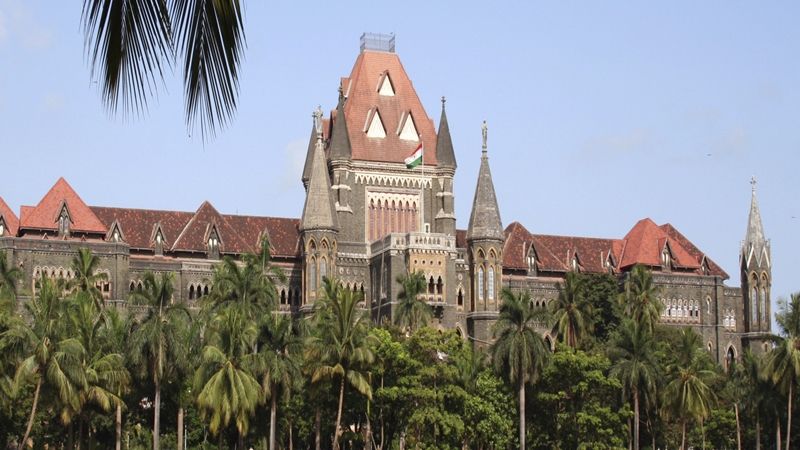
The Bombay High Court on Friday initiated a suo motu Public Interest Litigation (PIL) to monitor the conservation and preservation of wetlands, also known as Ramsar Convention sites, in Maharashtra.
A bench of Chief Justice DK Upadhyaya and Justice Amit Borkar took cognizance of the issue following a Supreme Court order dated December 11, 2024, asking all the HCs to initiate proceedings for protection of Ramsar Convention sites across the country.
“Proceedings of suo motu have been registered by directions of the Supreme Court on December 11, 2024… we treat as a suo motu PIL so as to ensure that Ramsar Convention sites within jurisdiction of this court are properly maintained,” the bench said.
Ramsar sites are wetlands designated as being of international importance. India is home to 85 such sites, three of which are in Maharashtra – Lonar Lake in Buldhana district, Nandur Madhameshwar in Nashik district, Thane Creek. It is named after the city of Ramsar in Iran, where the convention was signed in 1971.
The HC on Friday issued notices to the Union government through the Ministry of Environment and Forest and Climate Change; State government through the Revenue and Forest Department; and Maharashtra Wetland Authority.
The court also appointed senior counsel Janak Dwarkadas as amicus curiae (friend of the court) to assist in the matter and asked him to submit a note “outlining the issues which may be required to be adjudicated so appropriate directions can be issued to authorities concerns”.
The court has asked the respondents to file their replies to amicus’ note.
The HC has kept the matter for hearing on February 25.
In December last year, the SC had noted in its order that as per Indian Space Research Organisation (ISRO), prior to 2017, India had 2,01,503 wetlands with an area of more than 2.25 hectares. In 2021, as per ISRO, the number of wetlands had increased to 2,31,195.
However, the SC noted that the figures “have to be checked on ground”. It said that the Wetlands (Conservation and Management) Rules, 2017, and the guidelines issued thereunder prescribe ‘Ground Truthing’, which is identification of wetlands through actual inspection. It further added that this step has been “neglected by almost all the States” and the demarcation of these wetlands have not been done till now.
“We, therefore, direct each of the State/UT Wetland Authorities to complete ground truthing as well as the demarcation of wetland boundaries of each of the Wetland which have been identified for their State by Space Application Center Atlas (SAC Atlas), 2021,” the apex court noted in its order.